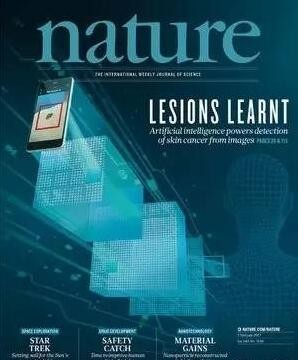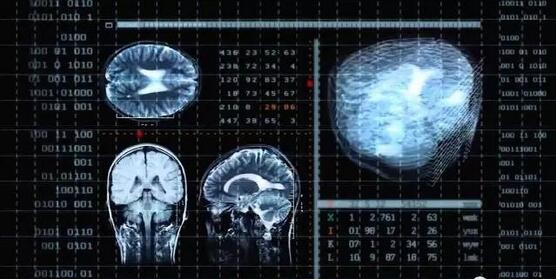It is difficult to see a doctor, expensive to see a doctor? This is not a Chinese characteristic. To some extent, the United States is much more serious than China. The world faces similar problems. The World Health Organization estimates that there are about 4.3 million doctors and nurses in the world. This deficiency is more serious in underdeveloped countries, and developed countries are also facing increasing medical costs.
The impact of lack of resources is often reflected in the time available for treatment for each patient. One study estimated that American doctors spend an average of 13-16 minutes on each patient. In China, there have been reports that the doctors received an average of 4-6 minutes, and more surveys said: "On average, the outpatient doctors only listen to patients for 19 seconds."
However, we cannot rely too much on accusing doctors. At least the majority of doctors encountered in "quantum" are seriously responsible. The number of patients waiting for treatment is hundreds of daily, and they are too busy to have lunch. How to do?
Artificial intelligence (AI) may be the solution. At least in the following five areas, AI has begun to play a role:
Make a diagnosis for the doctor
In August last year, the old artificial intelligence product IBM Watson analyzed thousands of genetic mutations, and finally diagnosed a 60-year-old Japanese woman with a very rare leukemia and provided appropriate treatment options, and a few months ago she Was misdiagnosed by the hospital. Watson's entire diagnosis process is less than 10 minutes. If you switch to a human doctor, this diagnosis can take several weeks to complete.
Dr. Arinobu Tojo of the University Hospital of Tokyo said: "It may be a bit exaggerated to say that AI has saved her life, but AI does give the required data very quickly." Now, Watson's oncology solution has entered 21 Chinese hospitals.

In the field of artificial intelligence diagnosis and treatment, in addition to mature applications such as Watson, there are various innovative researches active in academia.
In the field of artificial intelligence diagnosis and treatment, in addition to mature applications such as Watson, there are various innovative researches active in academia.
For example, the cover of the latest issue (No. 542) Nature is about artificial intelligence to diagnose skin cancer. Stanford University's Artificial Intelligence Laboratory published a paper in Nature to showcase the results: they trained a deep convolutional neural network with 129,000 skin lesions to classify skin lesions and diagnose skin cancer. The accuracy of this algorithm is over 91%, which is no different from human dermatologists. In the future, this algorithm can be used in mobile apps, allowing users to take pictures of their own skin cancer at home.
The Sun Yat-Sen University in China has also recently published results on AI diagnosis. The papers published by the school's researchers in Nature biomedical engineering show that the accuracy of the artificial neural network CC-Cruiser for the diagnosis of congenital cataracts has reached the level of human ophthalmologists. The researchers said that the technology can also be used to diagnose other diseases in the future.
Machine learning techniques are also used in the diagnosis of mental illnesses. For example, Charles Marmar of the Langone Medical Center at New York University is using machine learning to mine features in speech to help doctors diagnose PTSD (post-traumatic stress disorder), Sonde Health uses a similar method to diagnose postpartum depression, as well as senile diseases such as Alzheimer's disease and Parkinson's disease.
Interpreting medical images

Canned Tuna,Fresh Canned Tuna,Frozen Canned Tuna,Canned Skipjack Chunk
ZHEJIANG RETRONX FOODSTUFF INDUSTRY CO.,LTD , https://www.retronxfoods.com